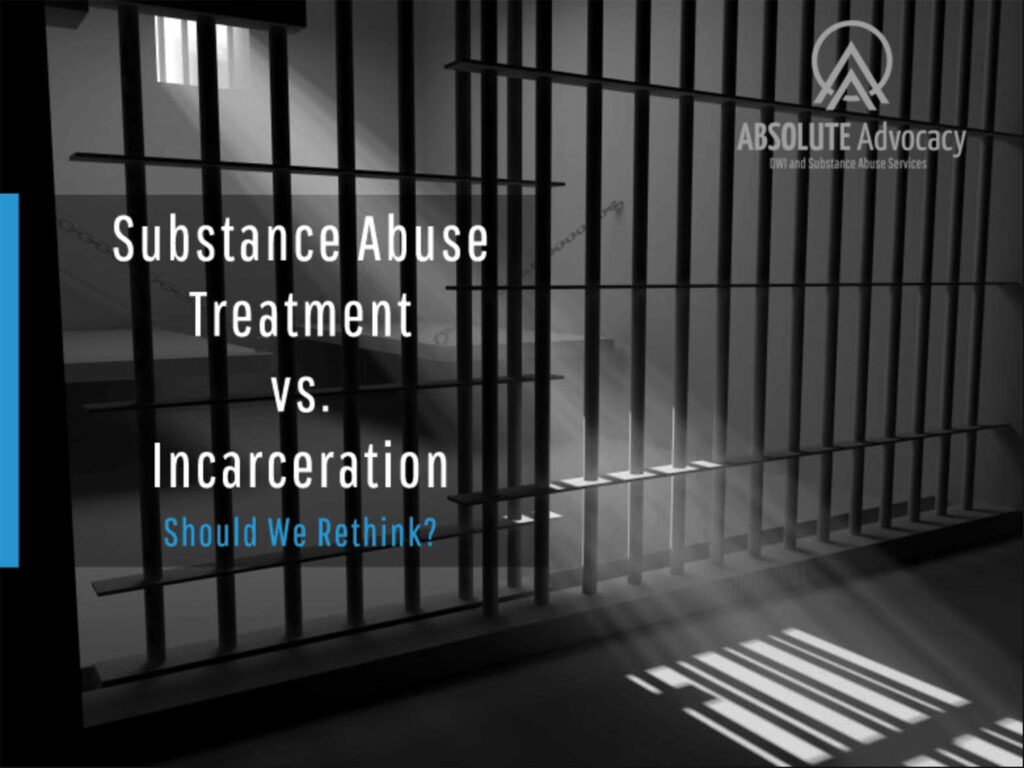By Ren, Alliance Intern from UCLA
Incarcerating people with mental health and substance abuse issues is ineffective, unethical and expensive. At the same time, it’s contributing to the rising tide of incarceration (500% increase in 40 years) and having negative repercussions, including repeat criminal justice interactions, growing infectious disease rates from prison overcrowding and increased risk of mortality after prison release. It’s shocking that 65% of the entire incarcerated population of the US, a whopping 1.5 million people, actually suffer from substance abuse or addiction, with only 11% receiving any treatment behind bars.
Fortunately, it doesn’t have to be this way. Instead, U.S. taxpayers could save huge amounts of money by directly addressing the foundational problem of addiction and lack of mental health treatment upfront, while fundamentally changing our criminal justice system. This would help transform the present unsustainable “justice” system that is contributing to increased crime, imprisonment and disruption of families and communities
Much of the increase in the prisoner population is a result of the “War on Drugs”, which contributed to the breakdown of the criminal justice system and their now infamous lack of support for addiction and mental illness. The population disproportionately incarcerated with untreated substance abuse issues are disabled, low-income, and marginalized minorities who don’t qualify for the almost inaccessible federally sponsored health care services, like Medicaid.
If detained, members of this population are highly likely to be classified as “low” or “moderate” risk defendants, which means that they were convicted for minor crimes such as vagrancy, drinking in public, or other such behaviors that disturb the peace. Does it make sense to incarcerate people for these types of offenses as opposed to getting them help?
These people are the least likely to be able to afford bail and are jailed prior to their court hearing. Nationally, about 47% of felony defendants with bonds remain jailed before their cases are heard because they cannot make bail. Detaining “low” and “moderate” risk defendants, even just for a few days, is strongly correlated with higher rates of new criminal activity both during the pretrial period and years after case disposition. When held for 2-3 days, “low” risk defendants are almost 40% more likely to commit new crimes before trial than equivalent defendants who were held for less than 24 hours. Are you as shocked as we are by this statistic?.
These few days in jail pretrial can change the course of one’s life – not only in the inherent violence experienced, but also the loss of job opportunities, the lack of time and the ability to see family and community. This increases the likelihood and severity of a sentence of incarceration, reduces future economic prospects, promotes future interactions with the law, and worsens the health of those who enter. Jail is a gateway to more lasting involvement in the criminal justice system with considerable costs.
As NPR and others have documented, more than a majority of people incarcerated have serious mental health issues and seek help. However, too often their requests are ignored and they experience actual abuse and use of force that worsens their conditions. “Some mentally ill prisoners are so traumatized by the abuse that they never recover, some are driven to suicide, and others are deterred from bringing attention to their mental health problems because reporting these issues often results in harsher treatment,” says Craig Haney, a UC Santa Cruz psychology professor. How is this possible in America?
Those who’ve been incarcerated face an equally daunting challenge when they get out. Upon community reentry, the recently incarcerated are generally not eligible for many housing subsidies because they do not meet the definition of chronic homelessness because federal standards consider correctional facility confinement (i.e., jail or prison) as being “housed”.
As a result, the disproportionately high number of those who enter jails from minority communities – or who suffer from disability, addiction, and homelessness – tend to find themselves trapped in a cycle of addiction, incarceration, disability, and homelessness. These costs are also borne by their families and communities, depressing economies, contributing to increased surveillance, and straining familial and social bonds.
Fortunately, there is a positive alternative solution to this expensive, unsustainable system of incarceration and dehumanization. What is truly needed to address the issue of addiction in the incarcerated population is to have a policy solution that:
- Provides universal access to healthcare, especially quality mental healthcare
- Assures housing, work and other basic needs and supports so that all people and communities can survive and even thrive
- Fundamentally transforms our entire system of incarceration, including the pretrial system, bail, jails, prisons, use of force, solitary confinement, medical and psychiatric institutions, so that marginalized individuals are not punished for experiencing and reacting to trauma
Some of these solutions are actually being advocated for by both Republicans and Democrats, as well as by law enforcement and corrections officials. An excellent CBS News piece on this challenge and its solutions shares the innovative, successful practices that have been instituted in Chicago by the Cook County Sheriff Tom Dart. He has received widespread acclaim and provides an important model that could be replicated nationwide.
We can and must do better for everyone’s sake.

